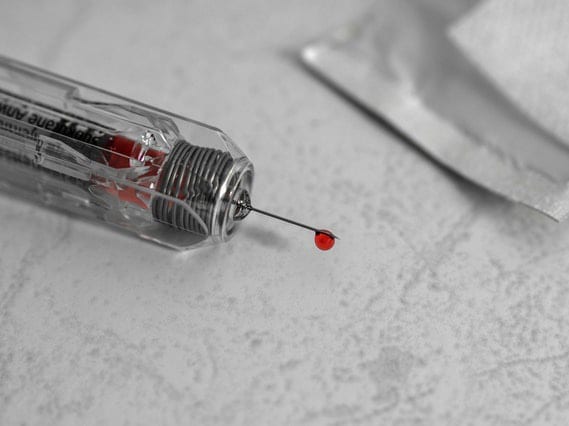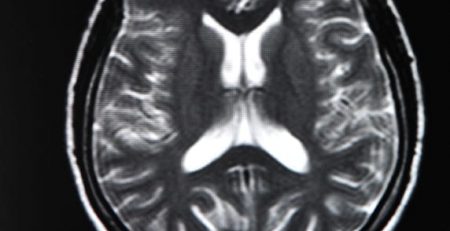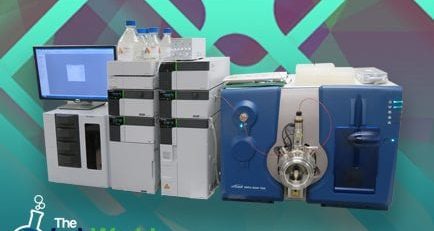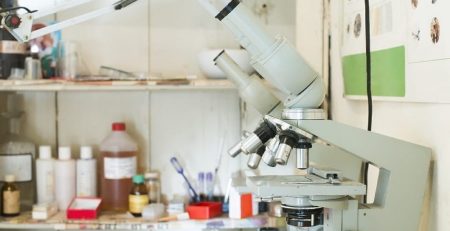Experimental Therapies May Have Cured Sickle-Cell
Sickle-cell disease (SDC) is a group of inherited red blood cell disorders that causes a misshapen blood cell to develop, not only making transportation of oxygen throughout the body more difficult but also causes a constant shortage of red blood cells in sufferers. According to the CDC, while the exact number of people living with SDC is unknown, it is estimated that SCD affects approximately 100,000 Americans. According to an article in the New York Times, however, researchers believe an experimental new gene therapy may be the key to curing the disease.
While addressing SDC through gene therapy has been on the top of genetic scientists’ lists since the 1980s, it wasn’t until recently that it was determined it was possible to genetically modify a patient’s bone marrow stem cells so that they would create healthy red blood cells, rather than those crippled with SDC.
Three different methods for modifying the stem cells are currently being explored. One involves a form of gene therapy in which a virus is used to insert a viable copy of the hemoglobin gene into the stem cells; a second involves blocking the genes that stem the production of fetal hemoglobin and begins the production of adult hemoglobin, and a third method relies on CRISPR gene editing.
The most promising therapeutic advance was reportedly made at bluebird bio, a biotech company in Cambridge, Massachusetts in their LentiGlobin Gene Therapy trials. The company announced at the 60th Annual Meeting of the American Society of Hematology that their most recent study resulted in four patients out of a nine-person study reported no symptoms of SCD after being treated six months earlier.














